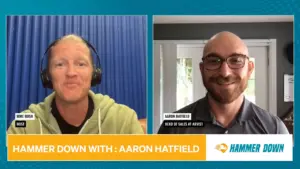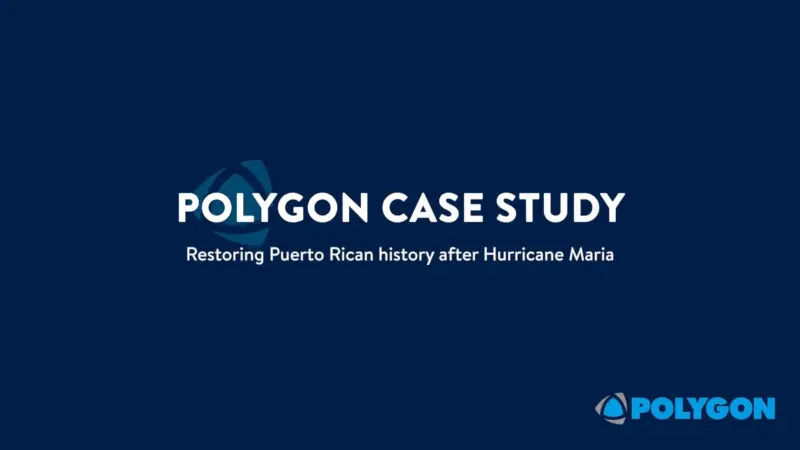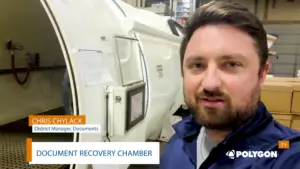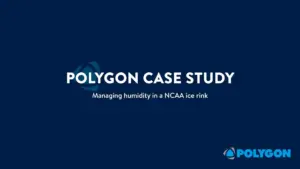Roof Talks: Roofing Solutions for the Property and Casualty Insurance Industry
When a storm damages a business’s roof, does this automatically trigger a roof replacement? For the property owner, the cost of the roof protection policy and deductibles often mean replacing the entire roof is the only choice.
Rick Lewis, president and CEO of Fortis Warranty, believes there are better, more cost-effective options available. Lewis said that with the current P&C (property and casualty) model, it is unsustainable from the carrier end to assume roof damage risk. Policyholders don’t have the cash to replace roofs every two years.
“Fortis believes we are in a unique position to satisfy the need and to fill that gap in the market where the policyholder is essentially self-insured,” Lewis said. “We’ve got an option for them that would save them approximately 60-70% of a full roof replacement.”
Lewis pointed out there is little difference between the defect characteristics between a storm-damaged roof and an aged roof. An extended warranty and roof conditioning approach could save a property owner money in not having to replace a roof prematurely.
The approach to determining a roof’s longevity and repair need starts with a process in the lab. With industry research showing that a roof’s longevity, under the right conditions, will last beyond manufacturer’s 15-20-year recommendation, Fortis commits to an approach that gets the policyholder the most out of their roof without unnecessary replacements.
“We use lab testing and our processes to identify the requirements to bring any roof defects up to performing condition,” Lewis said.
For the latest news, videos, and podcasts in the Building Management Industry, be sure to subscribe to our industry publication.
Follow us on social media for the latest updates in B2B!
Twitter – @MarketScale
Facebook – facebook.com/marketscale
LinkedIn – linkedin.com/company/marketscale








